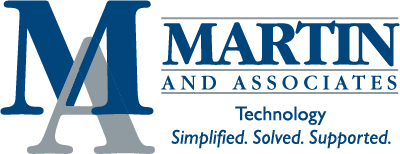Have you noticed that dashboards are the buzzword in the Business Intelligence (BI) tool marketplace? Makes sense to us. According to Gartner’s study on Financial Executive International CFO Technology, data visualizations are the number one priority for executives today. Managing a restaurant or a hotel is a fast-paced responsibility, and dashboards offer quickly digestible, dynamic analyses for the business end user. More specifically, data visualizations are charts, scorecards, and graphs that present company trends, successes, and challenges via key performance indicators (KPIs), whether you’re overseeing a project, a division, or the whole company.
Much like the dashboard you rely on in your car, managers and executive teams can make significant decisions by looking at the visualizations of operational and transactional data trajectories. The main differentiation between a vehicular dashboard and a BI data visualization is that the latter is built for interpretation, adjustment, and interaction. This means that your BI dashboards are equipped with drill-to and drill-down capabilities, you can make more informed decisions about the future of your hotel or restaurant. We don’t want to go on and on, selling why dashboards are great. You get it. In this article, we will discuss data visualizations for the hospitality industry, specifically for restaurant and hotel management.
Let’s start with data sources. Modern dashboard solutions can grab company data from more than one system. You can produce real-time analytics by querying data live from Point of Sale (POS) platforms, bookkeeping databases, purchasing programs, booking applications, accounting systems or other data sources. A live integration is going to benefit professionals who need up-to-the-minute analytics and/or smaller organizations that only require basic accounting system dashboards, without the staff or money to manage a BI database, like an online analytical processing (OLAP) cube or a data warehouse. However, larger businesses might require a higher performance, which you can achieve with a BI data store.
Integrating from an OLAP cube or a data warehouse enables bigger companies to design data visualizations without slowing down the accounting system with large and/or simultaneous data queries. A BI data store is an additional investment, and you’ll have to replicate your information to a cube or warehouse, but you will not make the system server sluggish by pulling data. And today, there are even some dashboard tools that give you the choice of a live integration for more urgent data analytics deadlines with real-time information, like management of inventory, and integrating from a BI data store for more regular data visualizations like payroll and staffing. This flexibility is going to be priceless for some corporations – and we are happy to report that it doesn’t have to cost you an arm and a leg. This is just the tip of the iceberg, when it comes to aspects to consider when seeking the right dashboard software for your hospitality organization.
To continue learning more about dashboard solutions for hotel and restaurant management, read the rest of this article here.
